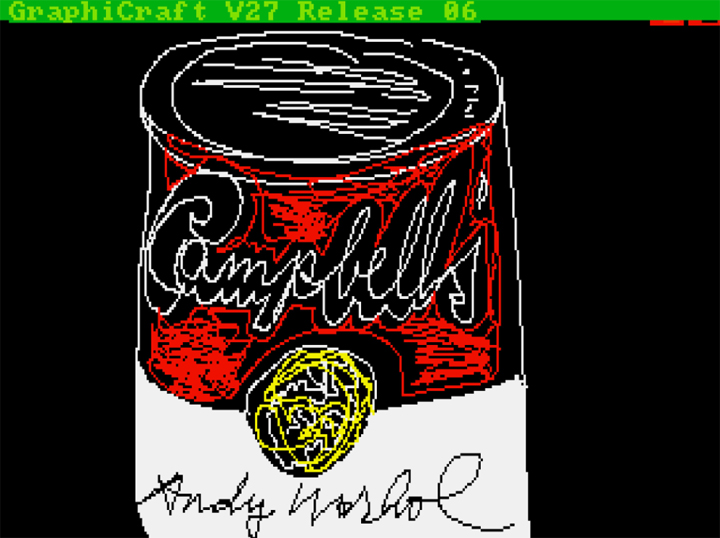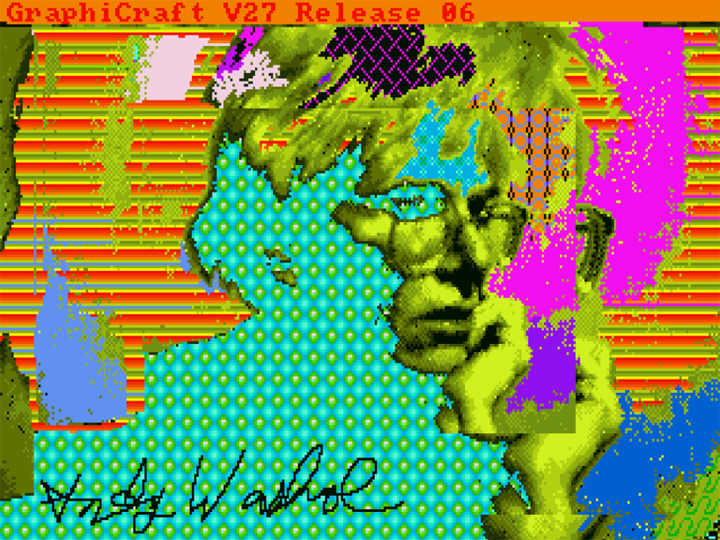TORONTO – American artist Andy Warhol’s Campbell’s soup can prints have become iconic in the world of pop art – but newly discovered computer illustrations by the artist show the famous work in a very different light.

Historians have recovered a collection of never-before-seen Warhol paintings from 30-year-old floppy disks created by the artist on an Amiga computer.
The floppy disks have been a part of the Andy Warhol Museum since 1994, but art historians didn’t discover there were actual files hidden on the ancient (in technology terms) disks until last year.
The Amiga was a consumer-grade early computer which became known for its audio and graphic capabilities. But, its file types have since become obsolete, so computer researchers had to create custom software in order to extract the files.
“Warhol saw no limits in his art practice,” said Eric Shiner, director of the Andy Warhol Museum.
“These computer generated images underscore his spirit of experimentation and his willingness to embrace new media – qualities which, in many ways, defined his practice from the early 1960s onwards.”
Warhol was commissioned by Commodore International in 1985 to create art using the Amiga 1000 to show off the device’s graphic capabilities.
The art ranges from almost-illegible doodles, to renditions of some of his more famous work like the Campbell’s soup cans.
“In the images we see a mature artist who had spent about 50 years developing a specific hand-to-eye coordination now suddenly grappling with the bizarre new sensation of a mouse in his palm held several inches from the screen,” said Matt Wrbican, chief archivist at the museum.
“No doubt he resisted the urge to physically touch the screen – it had to be enormously frustrating, but it also marked a huge transformation in our culture: the dawn of the era of affordable home computing.”
The images were discovered with help from members of the Computer Club at Carnegie Mellon University, a student organization known for its collection of obsolete computer hardware and its prize-winning retro-computing software development.







Comments